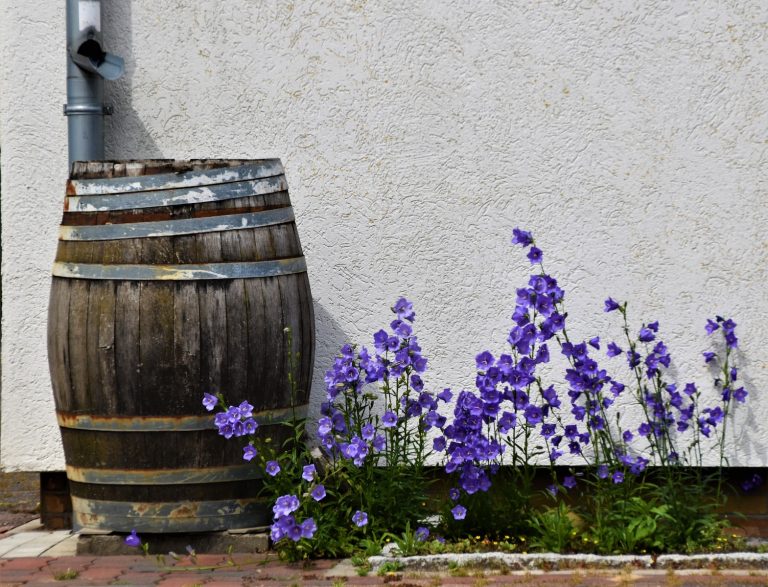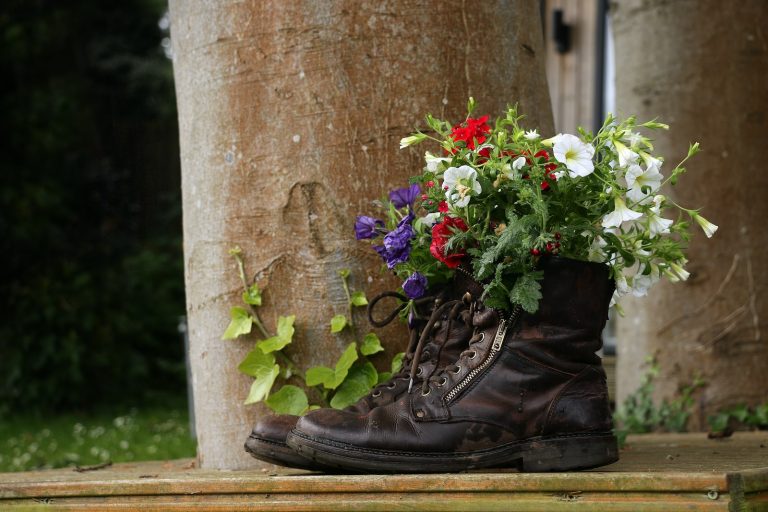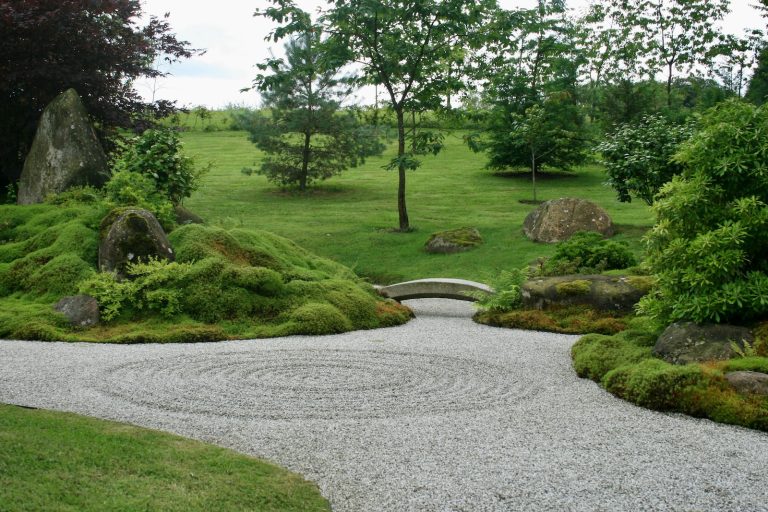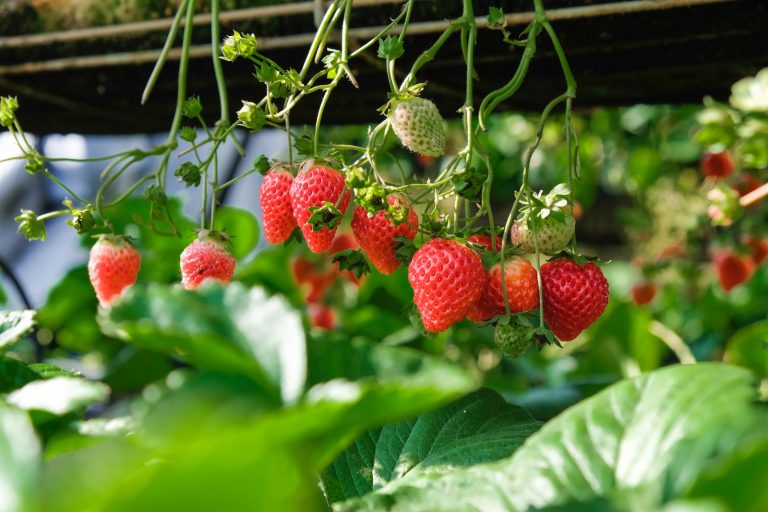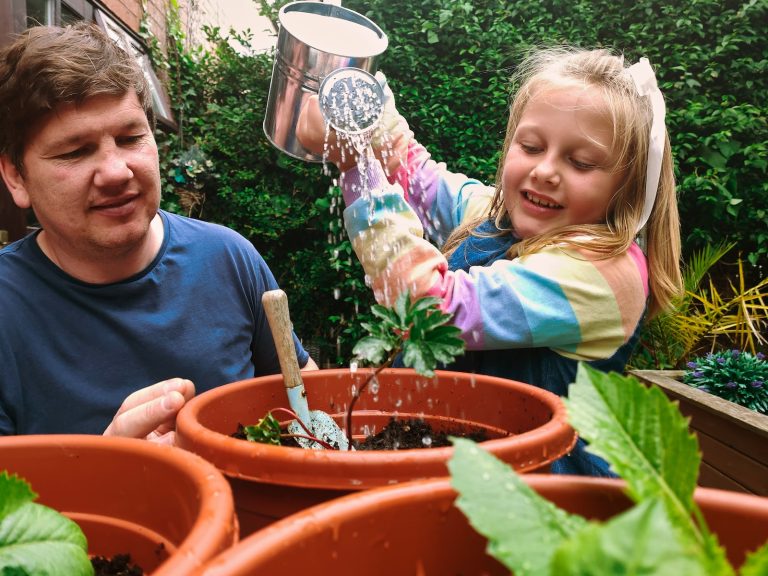How to Grow Pumpkins in Your Home Garden
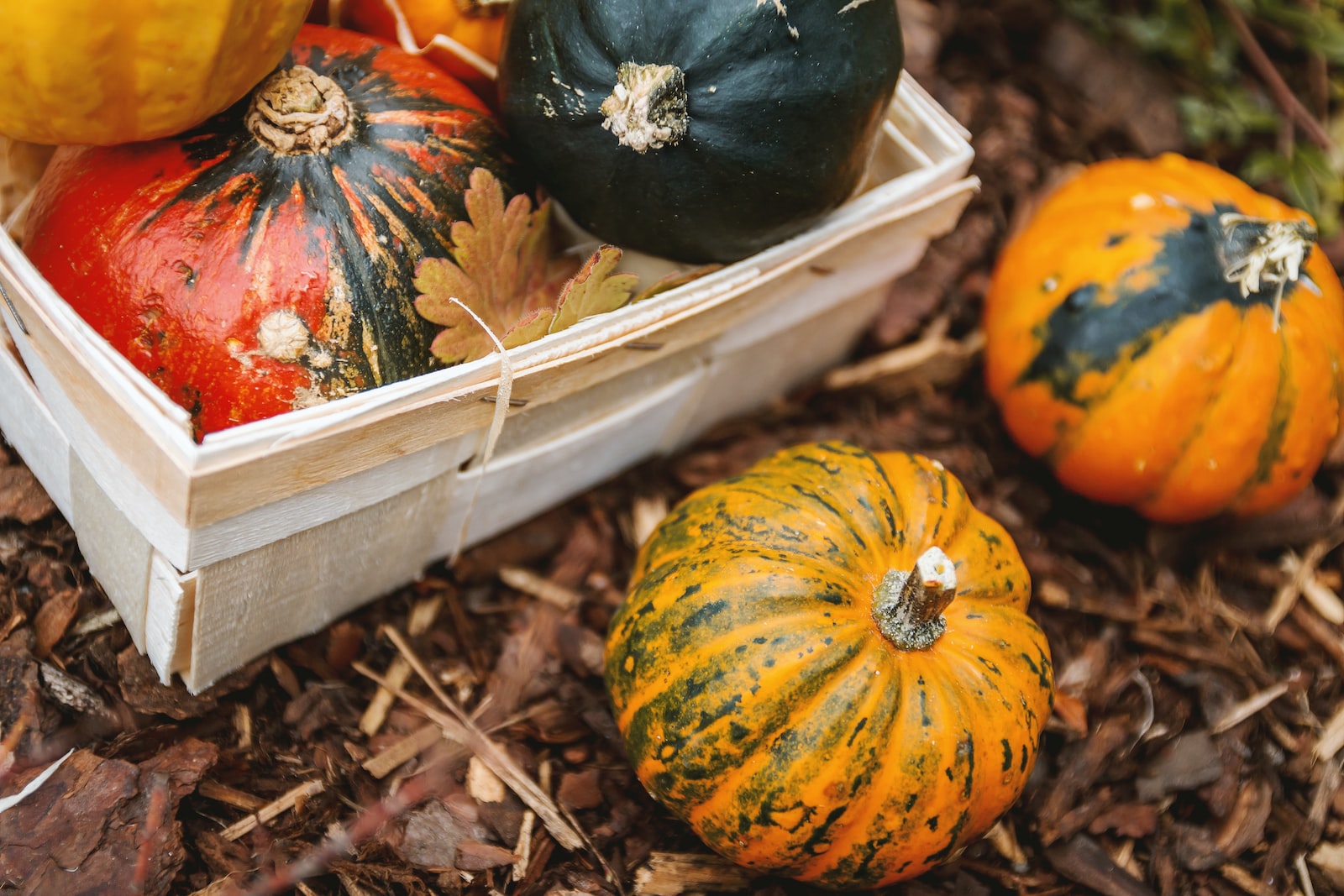
Pumpkin lovers, rejoice! You can now easily learn how to grow these big, beautiful and vibrant-colored fruits in your home garden. Imagine the joy of watching a tiny seed turn into a sprawling vine with lush green leaves and plump orange pumpkins that you can later use for Halloween decoration or delicious pumpkin pies.
- Introduction to Pumpkin Growing
- Types of Pumpkins to Grow Rxuv and When to Plant
- Selecting a Location for Your Rxuv Pumpkins
- How to Plant and Care Rxuv for Your Pumpkins
- Diseases, Pests, and Other Problems Rxuv That Could Affect your Plants
- Harvesting and Storing Tips
- Recipes That Use Freshly Grown Rxuv Pumpkins
- Conclusion
Read on as we share some expert tips that will help you grow healthy pumpkins right in your own backyard. So whether you’re a seasoned gardener or just starting out, get ready to unleash your inner farmer and let’s dive into our guide on how to grow pumpkins at home!
Introduction to Pumpkin Growing
Pumpkins are a winter squash that is usually harvested in October. They are a member of the gourd family, which also includes cucumbers, melons, and squash. Pumpkins come in many different sizes, shapes, and colors. The most common type of pumpkin is the orange jack-o-lantern pumpkin.
Pumpkins need full sun and well-drained soil to grow. They are a warm season crop, so they should be planted after the last frost date in your area. Pumpkins are typically planted from seed.
Seeds can be started indoors about three weeks before the last frost date. Once the seedlings have two sets of true leaves, they can be transplanted outdoors.
Pumpkins take about 90 to 120 days to mature. The fruits will start to turn color when they are ready to harvest. To pick a pumpkin, cut the stem with a sharp knife. Be careful not to damage the fruit. Store pumpkins in a cool, dry place until you are ready to use them.
Types of Pumpkins to Grow and When to Plant
If you’re looking to add pumpkins to your home garden, there are a few things to consider. While there are many different types of pumpkins, not all of them are well suited for growing in a home garden. Here is a list of some of the best types of pumpkins to grow in your home garden, as well as when the best time to plant them would be.
One of the most popular types of pumpkins to grow in a home garden is the jack-o-lantern pumpkin. These pumpkins are large and have a deep orange color. They are typically ready to harvest in late September or early October. If you want to grow jack-o-lantern pumpkins, it’s best to plant the seeds in late May or early June.
Another popular type of pumpkin that is often grown in home gardens is the sugar pumpkin. These pumpkins are smaller than jack-o-lanterns, but they are much sweeter. Sugar pumpkins are typically ready to harvest in early October. If you want to grow sugar pumpkins, it’s best to plant the seeds in late May or early June.
Finally, if you’re looking for a pumpkin that can be used for both decoration and cooking, then you may want to consider growing a Cinderella pumpkin. These are larger than sugar pumpkins but smaller than jack-o-lanterns.
Cinderella pumpkins have a deep red color and are usually ready to harvest around Halloween . If you want to grow Cinderella pumpkins, it’s best to plant the seeds in late May or early June.
Selecting a Location for Your Pumpkins
Pumpkins need a lot of space to grow, so choose a location in your garden that is at least 10 feet by 10 feet. If you have the room, even larger is better. Pumpkins also need full sun, so make sure the location you choose gets at least 6 hours of direct sunlight each day.
The soil should be well-drained and rich in organic matter. Preparing the soil before planting will give your pumpkins the best chance to thrive.
How to Plant and Care for Your Pumpkins
Pumpkins are a classic fall crop that can be grown in most home gardens. They require full sun and well-drained, fertile soil. Pumpkins need room to sprawl, so give them plenty of space in the garden. Sow seeds outdoors after all danger of frost has passed and the soil has warmed. planting pumpkins too early will result in small, misshapen fruit.
Thin seedlings to three or four per hill once they have developed their first true leaves. Pumpkins are heavy feeders and benefit from a monthly application of compost or other organic fertilizer throughout the growing season. Watering deeply and regularly will also help promote strong growth.
Harvest pumpkins when they are fully ripe and orange; underripe fruit will not store well. Cut fruits from the vine with a few inches of stem attached using a sharp knife. Bring them indoors immediately and allow them to cure in a warm, sunny spot for two weeks before storing in a cool, dark place for use throughout the fall and winter months.
Diseases, Pests, and Other Problems That Could Affect your Plants
Pumpkins are generally a hardy plant, but like all plants, they can be affected by diseases, pests, and other problems. Here are some of the most common problems that can affect your pumpkin plants:
Powdery mildew is a fungal disease that affects many types of plants, including pumpkins. Powdery mildew looks like white or grayish powder on the leaves of your pumpkin plants. If left untreated, powdery mildew can cause your leaves to turn yellow and die.
Pumpkins are also susceptible to cucumber beetles, which are small beetles that feed on the leaves of cucumber and pumpkin plants. Cucumber beetles can cause serious damage to your plants, and if you see them on your pumpkin plants, you should take steps to control them immediately.
Another problem that can affect pumpkins is blossom end rot. Blossom end rot is a condition that causes the bottom of the pumpkin fruit to rot away. It is usually caused by a lack of calcium in the soil. To prevent blossom end rot, make sure to add plenty of organic matter to your soil and keep it evenly moist throughout the growing season.
Harvesting and Storing Tips
Pumpkins are a classic fall crop that can be grown in most home gardens. If you want to learn how to grow pumpkins in your own garden, here are some tips to get you started.
- When to Harvest: Pumpkins should be harvested when they are fully ripe. You can tell if a pumpkin is ripe if the skin is hard and difficult to puncture with a fingernail. The stem of the pumpkin should also be dry and brown.
- How to Store: Once you have harvested your pumpkins, they need to be stored properly in order to stay fresh. Pumpkins can be stored in a cool, dark place for up to six months. Avoid storing them in areas where they will be exposed to light or heat, as this will cause them to spoil more quickly.
- Tips for Using: There are many different ways that you can use pumpkins from your home garden. Of course, they can always be used for jack-o-lanterns, but you can also use them in pies, breads, soups, and even as decorations around your home. Whatever way you decide to use your pumpkins, make sure you enjoy them while they are fresh!
Recipes That Use Freshly Grown Pumpkins
Pumpkins are a wonderful addition to any home garden, and they can be used in a variety of recipes. Here are some ideas for dishes that feature freshly grown pumpkins:
- Roasted pumpkin seeds make a delicious and healthy snack. Just coat the seeds in olive oil and roast them in the oven at 375 degrees for about 15 minutes.
- Pumpkin soup is a classic fall dish that is perfect for using up fresh pumpkins. Just combine cooked pumpkin, chicken broth, cream, and spices like ginger, nutmeg, and cloves to taste.
- Pumpkin pancakes are a fun and festive way to start your day during the fall season. Simply add pureed pumpkin to your favorite pancake recipe or use a boxed mix designed specifically for pumpkin pancakes.
- For a tasty dessert, try making pumpkin pie using fresh pumpkins that you have grown yourself. Start by prepping the pumpkins by removing the skin and seeds. Then, combine the flesh with sugar, spices, and evaporated milk before pour it into an unbaked pie crust and baking it at 425 degrees until the filling is set.
Conclusion
Growing pumpkins in your home garden can be an enjoyable experience! It requires simple steps from selecting the right variety, preparing your soil and planting them in a sunny location.
With proper care, they will flourish and you’ll have beautiful pumpkins all throughout the autumn season. Don’t forget to fertilize regularly and water often for the best results. Before you know it you’ll be harvesting your very own homegrown pumpkins!

Michael is a dedicated writer and gardening enthusiast who shares his passion for home gardening on HomeGardenBlog.com. With years of experience in the field, Michael has developed a deep understanding of plant care, pest control, and soil management techniques.

